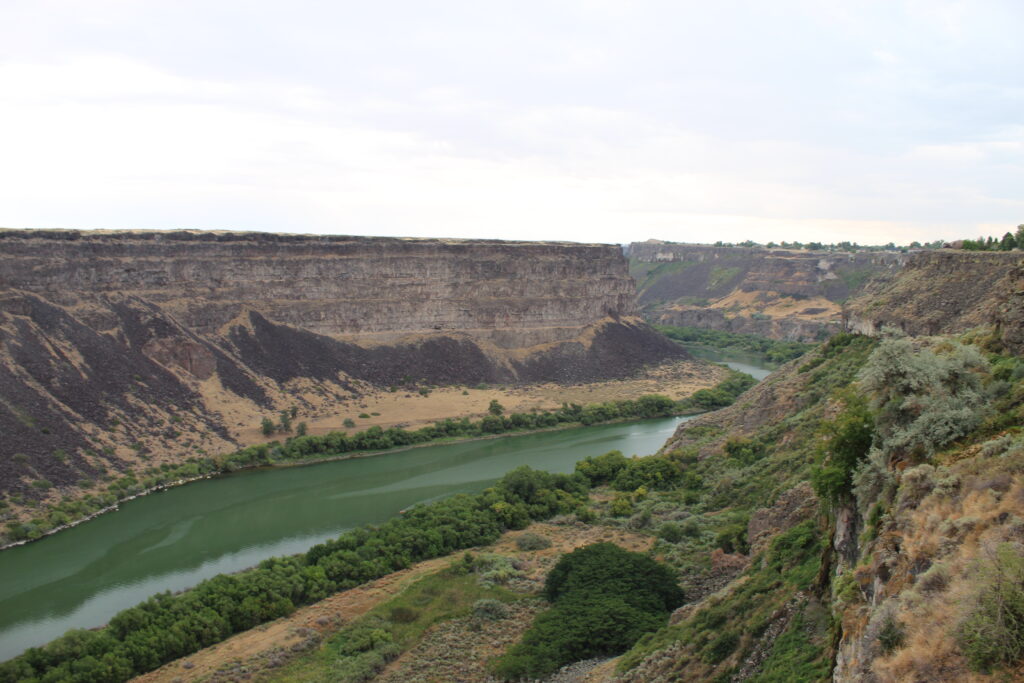In September 2023, the Idaho Department of Agriculture confirmed the presence of quagga mussel larvae in the Snake River by Twin Falls. Quagga mussels pose a major threat to Idaho’s water systems, native species, agriculture and utilities. (Mia Maldonado/Idaho Capital Sun)
The Idaho State Department of Agriculture is planning a second round of treatment in the Snake River in November to target invasive quagga mussels.
This second round of treatment comes just one month after the department treated 8.5 miles of the river between Oct. 8-19 with Natrix, a copper-based pesticide registered by the Environmental Protection Agency used to kill invasive aquatic species.
The treatments are a part of an effort to eradicate quagga mussels that were first discovered in the Snake River in September 2023, and again on Sept. 24 this year, the Idaho Capital Sun previously reported.
Idaho officials are finding fewer invasive quagga mussels – and dead fish – in Snake River
Officials have said the invasive mussels pose a major threat to Idaho as they can spread and clog pipes that deliver water for drinking, energy, agriculture and recreation. The mussels are a highly competitive species that can also disrupt fish populations and wildlife habitat.
The second round of this year’s Natrix treatment is focused on eradicating the mussels in still water and deep pool sections of the river. Exact dates for the November treatment will be determined at a later time, according to a press release from the department.
The copper levels are dissolving as anticipated, and the river is expected to return to normal levels by early November, the department said in the release.
The current river access closure from Hansen Bridge to Yingst Grade will remain in place until further notice.
What did this year’s treatment plan look like?
On Oct. 8, Idaho State Department of Agriculture staff and partners applied Natrix to the river at a rate of one part per million copper concentration for a total of 200 consecutive hours, according to the release from the department.
This year’s treatment area was extended up-river, just downriver of Hansen Bridge to Centennial Waterfront Park. The dissipation area of the treatment is from Hansen Bridge to the Kanaka Rapids.
The copper concentration applied to the river is the maximum rate provided for on the product label to kill mussels, while it is also below the drinking water standard for humans.
Department staff and partners monitored copper levels at 51 sampling sites in the river throughout the dissipation area 24 hours a day for the entirety of the treatment. Deep pools, waterfalls and hydropower facilities caused challenges for the treatment.
Staff also monitored for mussel presence in water entering the river from irrigation returns and spring systems through traditional mussel sampling, as well as eDNA. This included extensive sampling upriver above the treatment area.
The river experienced color and clarity changes from the impact the copper levels had on organic matter, algae and aquatic plants in the river.
The department reported limited fish mortality. Sentinel species, including non-native Asian clams, were planted in strategic locations throughout the treatment to assess the effectiveness of the treatment. The department continues to evaluate the impact of the treatment to the sentinel species.
GET THE MORNING HEADLINES.

